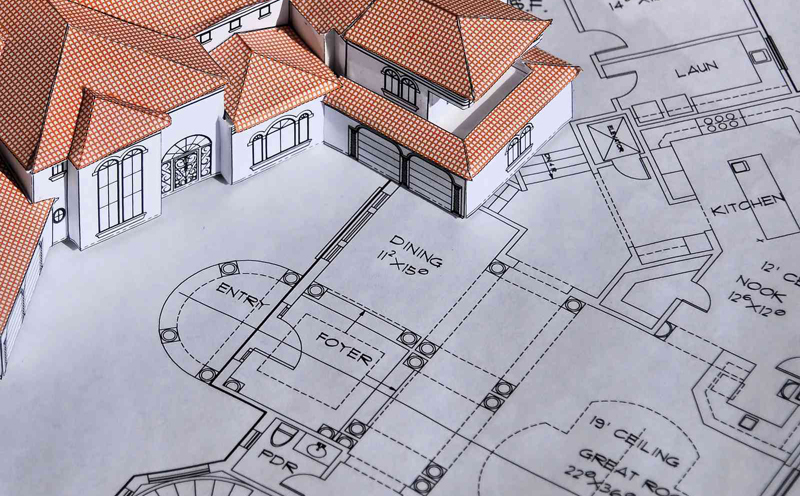Building warranties aren’t a legal requirement, but they’re often necessary anyway, as many mortgage lenders expect applicants to have one. So, whether you’re buying or selling a new build within ten years of completion, you’ll find the process much easier with a building warranty.
When you have a policy like this in place, you have the reassurance that it should cover the costs of any structural repairs resulting from poor workmanship or design. This type of structural warranty can vary in price, depending on a range of factors. Here are three elements that will affect the cost.
1) Stage of property completion
The stage of the build and the level of cover required will cause the warranty premiums to increase the further along they are. For example, cover for a complete new build property will cost more than cover for a partial conversion of a pre-existing structure. Similarly, securing a warranty before construction begins will make premiums cheaper than getting one partway through or at the end.
This is because the building warranty provider will expect to survey the property at every key stage, ensuring that a chartered surveyor inspects every element and identifies any problems that need to be addressed before the build continues. If they aren’t able to carry out inspections from the start, there’s a greater risk of a previously overlooked structural problem, so the premiums will be higher.
2) Location and construction methods
The location and size of the build, plus the estimated sale value of the completed property, are also major determinants for the cost of a building warranty. In areas where prices are higher per square metre, such as London, warranties will be more expensive. A large, detached house or multi-purpose development would also cost more than a small semi-detached house in a residential development.
The quality of the ground is important, too, in evaluating the risk of subsidence and related issues. Then, the design of the house and the construction materials and methods used will also affect the warranty. Since timber frames have a higher risk of damage from rot and termites, such a property would have higher warranty premiums than the preferred modern style of brick-and-block masonry.
3) Experience of developers/contractors
Whether you’re the builder/developer taking out a structural warranty at the start of your project, the off-plan homebuyer ensuring that your new build is properly covered, or even a self-builder constructing the custom home of your dreams, the cost of a building warranty often comes down to experience. Your structural warranty provider needs to be sure of qualifications and standards.
The more successfully completed projects you have behind you, the lower the risk perceived by the provider, so the lower the premiums are likely to be. Just as you would prefer your contractors to have been in business for many years and have a portfolio proving their reliability, so would your provider. In the case of a completely DIY self-build with no prior experience, expect to pay more.
Buying a building warranty
If you’re searching for a structural building warranty but aren’t sure how much it will cost, this article will hopefully have given you a better idea of how your circumstances will influence the price.
You may find it gratuitous at first, but you’ll definitely be glad you made the investment if latent structural defects make themselves known within the next decade. When you consider that the cost is usually a single premium for the whole ten years of coverage, it doesn’t seem like such a bad deal.
Of course, you can always shop around and request no-obligation quotes from different building warranty providers to compare the available offers. Don’t just go for the cheapest quote, though – always read the small print to make sure the policy includes everything you’ll need it to cover.













